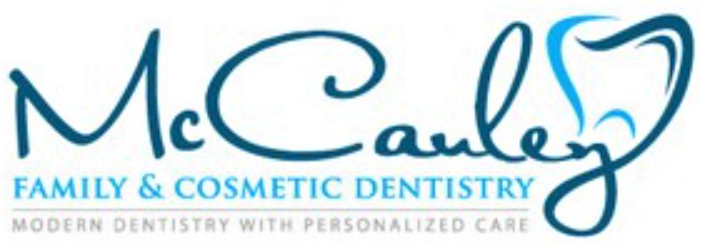
Patient Bio: Your new female 39-year-old patient hasn’t been seen by a dentist since 2020. She was recently diagnosed as pre-diabetic with elevated blood pressure. With her medical doctor’s approval, she is attempting to control or reverse her pre-diabetes and lower her blood pressure with diet and lifestyle changes. Her medical doctor recommended she have a dental exam. She is interested in fixing her crowded maxillary anterior teeth.
Here are the findings of the periodontal assessment:

– Perio charting is briefly explained to the patient before the charting is performed so they can listen for specific numbers. Once the perio charting is complete, we use pictures to illustrate to the patient what the numbers mean in relation to gum health/disease and bone health/disease. We explain that bacteria produce toxins, which causes the body to react by triggering the inflammatory response system.
– Pathogens have been shown to be linked to systemic diseases and if we can get the pathogens under control, we can potentially help the patient with reducing her pre-diabetes and blood pressure numbers.
– With periodontal therapy, we will be able to clean off the bacteria but without knowing what type of bacteria is harboring in the patient’s mouth, we may not be able to effectively reduce the bacteria to below pathogenic levels. Example: If there was mold in the shower, we can clean it but if we do not kill the mold then the mold will come right back.
– In order to address the specific bacteria, we will need to get a sample of the patient’s saliva so OralDNA Labs can analyze it. The MyPerioPath® lab results will help us customize treatment for each individual. Certain types of bacteria are more aggressive and may require systemic antibiotics. The MyPerioPath® report will guide us with which systemic antibiotic options to consider.
– A person’s mouth can harbor all sorts of pathogens. Any time you eat, drink, swallow, etc., all of those pathogens enter the rest of your body, which is one way the mouth is linked to systemic health.
– The patient is also interested in fixing her crowded maxillary anterior teeth. Fixing the patient’s upper front teeth will not only give the patient a great cosmetic appearance but will also help the patient with homecare. Once therapy is completed, we will help maintain the health of the patient’s mouth, but their daily homecare is ultimately one of the key factors in keeping this disease in remission.
The specimen has been processed and results received. You will be seeing the patient for her start of periodontal therapy. Here are the results:

– We are concerned about all pathogens in the graph above. The lab does a great job of categorizing them into sections of most importance. The different risk categories help break it down to customize therapy options.
– We also give the patient the printout of which bacteria have been linked to certain systemic diseases, and that shows what the bacteria name abbreviations stand for. If patients have more questions regarding their systemic health, we will refer them to their primary physician.
– We do not request the reference lines on reports so they do not confuse the patient into thinking that because their pathogen levels are below the reference line, therapy is not needed. For instance, in this example, the patient is trying to control or reverse her pre-diabetes and lower her blood pressure with diet and exercise. We want to show the patient that any of these pathogens are serious enough to need treatment.
- How Do You Speak Testing? With Kim Ramos RDH & Ali Carr RDH - March 10, 2023

